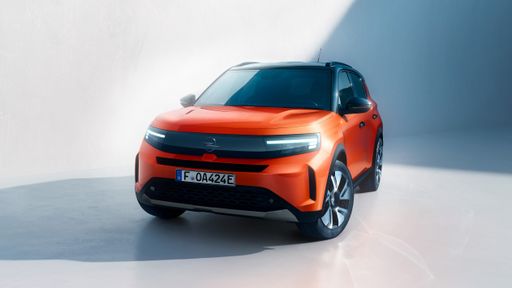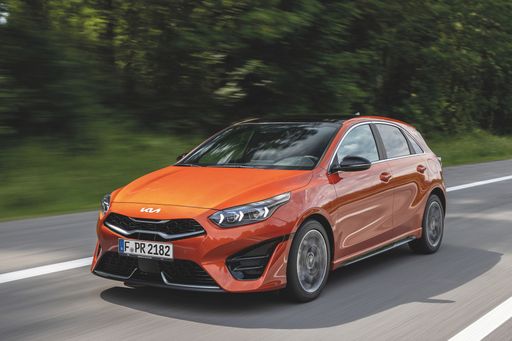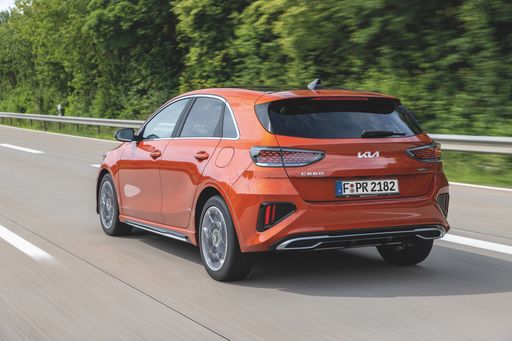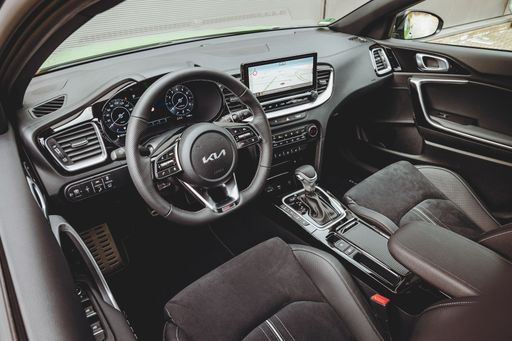A Showdown of Versatility: The Kia Ceed vs. Opel Frontera
In the ever-evolving world of automobiles, the debate between practicality and ruggedness continues to capture the attention of car enthusiasts. This article explores a striking comparison between the Kia Ceed, a stylish hatchback with advanced features, and the Opel Frontera, an adventurous off-roader. Both vehicles boast cutting-edge technology and design, but they cater to different lifestyles and drivers. Let’s delve into the technical specifications and innovations that define these two models.






